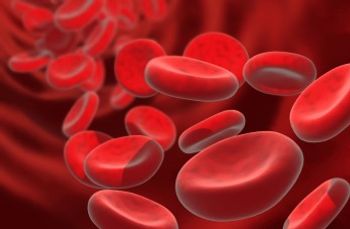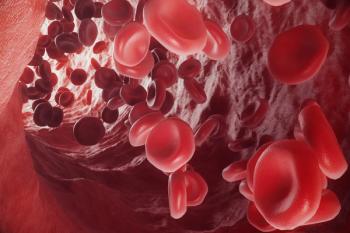
Gennady Bratslavsky, MD, Reviews Emerging Research in RCC
Gennady Bratslavsky, MD, at the 15th Annual Interdisciplinary Prostate Cancer Congress® and Other Genitourinary Malignancies, spoke about which research in renal cell carcinoma has the greatest potential for clinical impact.
During the
Transcript:
Any research [conducted] has an enormous impact. The molecular subcategorization of renal neoplasms, the understanding of genetics, branched evolution, our ability to detect the circulating tumor DNA, and the numerous structures that still contain many of the genetic material and prognostic information. All of this has an enormous potential [for clinical impact].
We’re continuously learning about new pathways that may bring in more systemic options, with the biggest breakthrough [being] in our continued appreciation of how heterogeneous kidney cancer is as a disease, how heterogeneous the molecular characteristics are, and how heterogeneous the clinical course and the metastatic potential of each tumor are. These are not tumors that are created equal. They possess very different clinical behaviors and opportunities for targeted or immunotherapies. Research is strong.
Our lab at SUNY Upstate Medical University focuses on the role of molecular chaperones in identification of potential targets and how activity of chaperones can be modified. Our lab has been creating new avenues for therapeutics. Numerous centers and laboratories are doing a great job in identifying these new avenues into how this cancer can be targeted or identified, and even the identification of some biomarkers for better disease response. [There are many paths] that we’re trying to tackle from different angles.
Newsletter
Stay up to date on recent advances in the multidisciplinary approach to cancer.

















































































